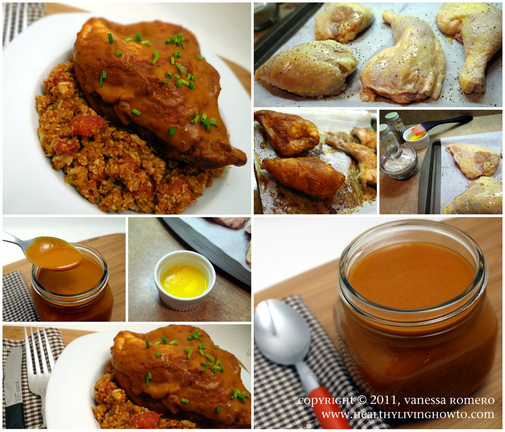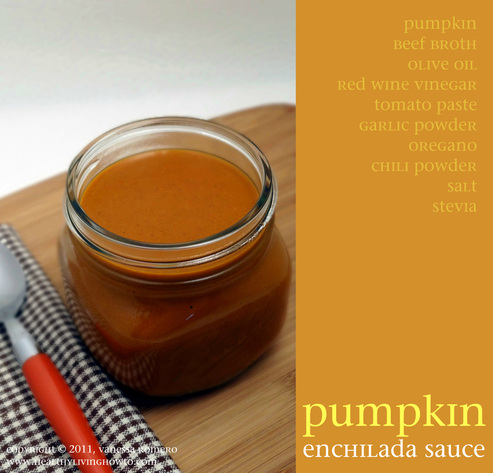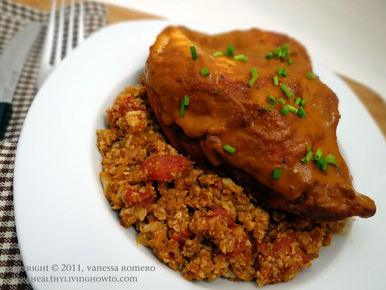The Pitfalls of Plastic
Bisphenol A or BPA is a compound used in making plastic, primarily polycarbonate plastic and epoxy resins. BPA is found in a variety of common plastic products, reusable food containers, cash register receipts and lines the inside of almost all food and beverage cans. BPA is a known endocrine disruptor that has been implicated in:
1. Neurological Issues
2. Obesity
3. Thyroid Function
4. Breast Cancer
5. Prostrate Cancer
6. Heart Disease
7. Diabetes
8. Miscarriage/Fertility
In 2010, Canada declared BPA a toxic chemical and added it to to a list of substances deemed potentially harmful to health. Some states are following suit, banning the use of BPA in children's food and drink containers. However, it's not just children that are at risk, the CDC has found BPA in the urine of 93% of surveyed Americans over the age of 6. We are all at risk.
The three common ways we are exposed to BPA is canned food products, cash register receipts and plastic beverage and food containers:
Limit exposure to BPA by avoiding canned products, Consumer Reports' latest tests of canned foods, including soups, juice, tuna, and green beans, have found that almost all of the 19 name-brand foods we tested contain some BPA.
Limit exposure to BPA by avoiding cash register receipts, BPA was in most of the other types of paper products, with tickets, newspapers and flyers having the highest concentrations. But these levels still paled in comparison to BPA on receipts, which the study said are responsible for more than 98 percent of consumer exposure to BPA from paper.
Limit exposure to BPA by avoiding heating/reheating in plastic containers, Plastics with BPA can break down, especially when they're washed, heated or stressed, allowing the chemical to leach into food and water and then enter the human body.
Although completely eliminating exposure to BPA is nearly impossible there are steps you can take to avoid it as much as possible. Besides choosing fresh food whenever possible, look for packaging that is specifically labeled BPA free. Also, avoid plastic bottles and storage containers, instead use glass or stainless steel. Finally, unless you need your sales receipt, ask the cashier to discard it for you or put it in the bag.
“As scientists get better at detecting the chemicals in our bodies, they're discovering that even tiny quantities of toxins can have a potentially serious impact on our health and our children's future. Chemicals like bisphenol A (BPA) and phthalates, key ingredients in modern plastics, may disrupt the delicate endocrine system, leading to developmental problems. A host of modern ills that have been rising unchecked for a generation, obesity, diabetes, autism, attention-deficit/hyperactivity disorder, could have chemical connections.” The Perils of Plastic, TIME Magazine
Healthy Recipes
This is one of those, just throw a bunch of things together and see how it turns out kind of recipe. I was really needing to de-stress and letting some kitchen creativity flow does that for me. As I was paging through the VitaMix cookbook, I came across an enchilada sauce recipe. I didn't have all the ingredients I needed, so I was going to have to improvise. I tossed everything in the blender and taste tested. It was ok, but it still needed a little something. I had spotted another new seasonal product this weekend, Chipolte Pumpkin Salsa, by Frontera, so I thought why not Pumpkin Enchilada Sauce. Stress gone and dinner started!
Prep Time: 5 Minutes
Cook Time: 5 Minutes
Ingredients
- 2 c. Pacific Foods Organic Beef Broth
- 1 Tbsp. Extra Virgin Olive Oil
- 1 Tbsp. Red Wine Vinegar
- 1 Tbsp. Organic Tomato Paste
- 1/8 tsp. Garlic Powder
- 1/4 tsp. Oregano
- 3 Tbsp. Chili Powder
- 1/2 tsp. Celtic Sea Salt
- 1 Tbsp. Coconut Secret Raw Coconut Flour
- 1/2 tsp. NOW Guar Gum Powder
- 1 pkt. NuNaturals No Carbs Blend Stevia Packet
- 1/4 c. Fig Food Co. Organic Pumpkin
VitaMix Directions
- Add all ingredients to VitaMix.
- Select “soup” variable and press start.
- Upon completion of cycle, sauce is hot and ready for use.
Stovetop Directions
- Add all ingredients to blender and process on high for 1 minute.
- Pour into saucepan, while whisking, bring to boil then reduce heat to low and simmer until thick.

Now that we've got the sauce, we can make any number of recipes. Traditional enchiladas are the obvious choice, however, tortillas are made from either flour or corn. Since we are low-carbers around this casa, no tortillas for us. We have to think outside the box. Yes, there are low-carb tortilla substitutes that I have used in the past, however, they contain gluten, which both Tom and I are sensitive to (chances are, you are too). I've come across a few tortilla recipes on the ‘net made from coconut flour but haven't given them a try. If you have a tried and true low-carb, gluten-free tortilla recipe that can withstand being stuffed and smothered in sauce, I am all ears.
Right now we are on a bone-in, skin-on chicken kick. And wouldn't you know it, this sauce works beautifully over chicken and it pairs well with my Mexi “Cauli” Rice. With the leftover sauce you can make enchilada soup (foreshadowing here).
Prep Time: 5 minutes
Cook Time: 50 minutes
Serves: 4
Ingredients
- 2 Organic Chicken Breasts (Bone-In, Skin-On)
- 2 Organic Chicken Legs (Bone-In, Skin-On)
- 4 Tbsp. Unsalted Butter, Melted
- Celtic Sea Salt
- Garlic Powder
- Black Pepper
- Pumpkin Enchilada Sauce
Directions
- Line baking sheet with parchment paper.
- Lay out chicken pieces, brush with melted butter, sprinkle each piece with salt, garlic and pepper.
- Bake at 400° F for 50 minutes brushing with butter at the 15 minute mark and 30 minute mark.
- At the 45 minute mark, brush with pumpkin enchilada sauce.
- Remove from oven and pour additional sauce over each piece before serving.


